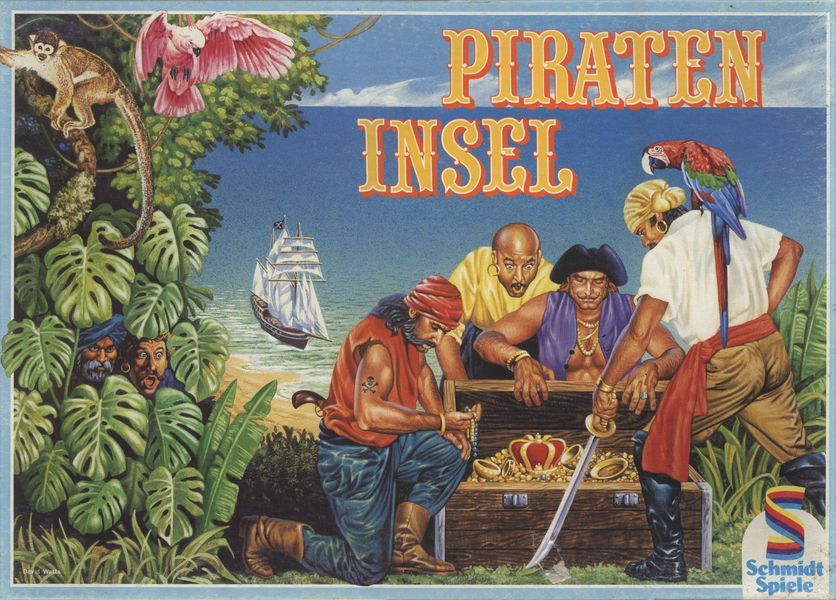Pirate Island (1984) Board Game
Pirate Island is a classic board game that was first released in in 1984. Designed by David G. Watts, this game has been enjoyed by players for decades. With its adventurous theme of pirates and exploration, Pirate Island offers a thrilling gaming experience for 2-4 players.
Game Components of Pirate Island
How To Setup Pirate Island
To set up the game, players first construct their ships using the interlocking swaths. Each player chooses a ship type (pirate, merchant, or Royal Navy) and places it on the board. The board is divided into regions, and each region has its own set of rules and challenges. Players roll dice to determine their starting positions and resources.
Gameplay Mechanics and Game Objective
Player Experience
**Pirate Island** offers a dynamic and interactive experience, allowing players to navigate the complexities of pirate life. The game requires strategic thinking, as players must balance resource management with the risks of combat and navigation. The modular board and varied card effects ensure each game is unique.
Pros
Cons
Personal Thoughts on Pirate Island
**Pirate Island** is ideal for players who enjoy strategic games with a strong thematic element. It is particularly suited for those interested in naval combat and resource management. While it may not be the best fit for casual gamers due to its complexity, it offers a rich and engaging experience for those willing to invest the time to learn its mechanics.
We are supported by our audience. When you purchase through links on our site, we may earn an affiliate commission, at no extra cost for you. Learn more.

